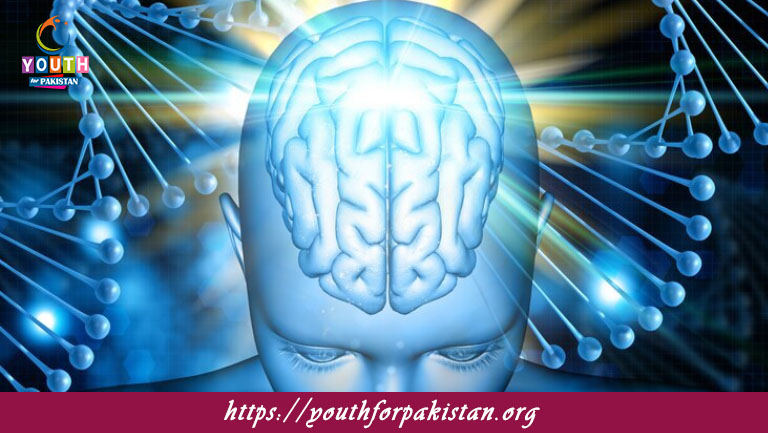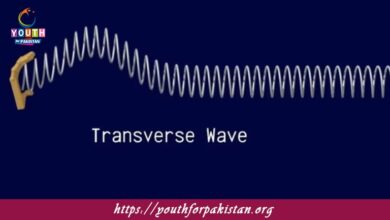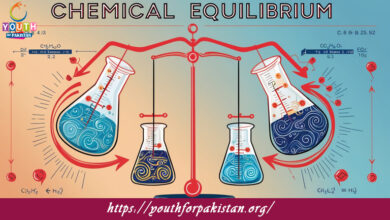Feedback Mechanism MDCAT MCQs with Answers

Welcome to the Feedback Mechanism MDCAT MCQs with Answers. In this post, we have shared Feedback Mechanism Multiple Choice Questions and Answers for PMC MDCAT 2024. Each question in MDCAT Biology offers a chance to enhance your knowledge regarding Feedback Mechanism MCQs in this MDCAT Online Test.
Which of the following describes a feedback mechanism?
a) A process that moves in one direction only
b) A response that counteracts the original stimulus
c) A mechanism that does not involve a response
d) A change that does not alter internal conditions
Which feedback mechanism is characterized by a response that reduces the initial stimulus?
a) Positive feedback
b) Negative feedback
c) Homeostatic feedback
d) Regulatory feedback
An example of negative feedback is:
a) Blood clotting
b) Childbirth
c) Regulation of blood glucose levels
d) Lactation
In a negative feedback system, the response:
a) Enhances the original stimulus
b) Reduces the effect of the original stimulus
c) Amplifies the initial stimulus
d) Is independent of the initial stimulus
Which of the following is an example of positive feedback?
a) Regulation of body temperature
b) Blood pressure regulation
c) Uterine contractions during childbirth
d) Regulation of blood pH
What is the primary goal of a negative feedback mechanism?
a) To amplify changes
b) To return to a set point
c) To enhance the initial stimulus
d) To maintain a constant rate
During negative feedback, if body temperature rises above the set point, the response will:
a) Increase the temperature further
b) Decrease the temperature
c) Maintain the temperature
d) Have no effect on the temperature
Which of the following feedback mechanisms is used to regulate blood pressure?
a) Positive feedback
b) Negative feedback
c) Both positive and negative feedback
d) Neither positive nor negative feedback
An example of a feedback mechanism where the response strengthens the initial stimulus is:
a) Blood clotting
b) Body temperature regulation
c) Blood glucose regulation
d) Hormonal regulation of the menstrual cycle
Which type of feedback mechanism is commonly used in physiological processes to maintain homeostasis?
a) Positive feedback
b) Negative feedback
c) Neutral feedback
d) Regulatory feedback
Positive feedback mechanisms are often:
a) Used to stabilize physiological systems
b) Involved in processes requiring rapid change
c) Common in everyday homeostatic processes
d) Associated with long-term regulation
Which of the following processes involves both positive and negative feedback mechanisms?
a) Blood glucose regulation
b) Blood clotting
c) Childbirth
d) Heart rate regulation
A feedback mechanism that enhances or increases changes is:
a) Negative feedback
b) Positive feedback
c) Homeostatic feedback
d) Regulatory feedback
Which feedback mechanism is characterized by the stabilization of physiological conditions?
a) Positive feedback
b) Negative feedback
c) Neutral feedback
d) Regulatory feedback
During which process does the release of oxytocin lead to stronger uterine contractions?
a) Negative feedback
b) Positive feedback
c) Homeostatic feedback
d) Thermoregulatory feedback
Which feedback mechanism involves a response that returns the system to a set point?
a) Positive feedback
b) Negative feedback
c) Homeostatic feedback
d) Regulatory feedback
In a feedback mechanism, which of the following typically functions as the sensor?
a) Effector
b) Control center
c) Receptor
d) Stimulus
The control center in a feedback mechanism is responsible for:
a) Detecting changes in the environment
b) Producing a response
c) Processing information and sending commands
d) Generating the initial stimulus
Which type of feedback mechanism is utilized to maintain blood calcium levels?
a) Positive feedback
b) Negative feedback
c) Both positive and negative feedback
d) Neither positive nor negative feedback
Which of the following is an example of positive feedback in the human body?
a) Maintaining blood pH
b) Controlling body temperature
c) Enhancing labor contractions
d) Regulating blood pressure
A feedback mechanism that increases the effect of a stimulus is:
a) Negative feedback
b) Positive feedback
c) Homeostatic feedback
d) Thermoregulatory feedback
The purpose of a negative feedback mechanism in regulating blood glucose levels is to:
a) Increase blood glucose levels
b) Decrease blood glucose levels
c) Maintain blood glucose levels within a narrow range
d) Eliminate blood glucose
In a feedback system, which component responds to the commands from the control center?
a) Receptor
b) Effector
c) Stimulus
d) Sensor
Which feedback mechanism is most likely to result in a rapid, self-perpetuating response?
a) Positive feedback
b) Negative feedback
c) Homeostatic feedback
d) Neutral feedback
Which feedback mechanism is responsible for regulating body temperature?
a) Positive feedback
b) Negative feedback
c) Both positive and negative feedback
d) Neither positive nor negative feedback
Which feedback mechanism would be involved in the process of blood clotting?
a) Positive feedback
b) Negative feedback
c) Homeostatic feedback
d) Thermoregulatory feedback
The response in a negative feedback loop aims to:
a) Increase the original stimulus
b) Decrease the original stimulus
c) Maintain the original stimulus
d) Enhance the original stimulus
Which feedback mechanism is least likely to be used in processes requiring quick changes?
a) Positive feedback
b) Negative feedback
c) Homeostatic feedback
d) Regulatory feedback
The main goal of a positive feedback mechanism is to:
a) Stabilize physiological conditions
b) Return to a set point
c) Enhance and accelerate changes
d) Reduce the intensity of the stimulus
Which of the following processes typically involves a feedback mechanism to maintain homeostasis?
a) Hormone regulation
b) Immune response
c) Digestive enzyme production
d) All of the above
Feedback mechanisms that operate to return a system to its set point are classified as:
a) Positive feedback
b) Negative feedback
c) Regulatory feedback
d) Homeostatic feedback
Which feedback mechanism would be involved in the process of labor and childbirth?
a) Positive feedback
b) Negative feedback
c) Homeostatic feedback
d) Regulatory feedback
In a feedback mechanism, what role does the effector play?
a) Detects changes in the environment
b) Processes and interprets information
c) Executes the response to return to homeostasis
d) Monitors the physiological parameters
Which feedback mechanism involves a response that opposes the change?
a) Positive feedback
b) Negative feedback
c) Homeostatic feedback
d) Neutral feedback
Which of the following is not a characteristic of positive feedback?
a) Amplification of changes
b) Stabilization of conditions
c) Enhancement of the initial stimulus
d) Increase in the magnitude of the stimulus
The feedback mechanism that helps in maintaining stable blood pressure levels is:
a) Positive feedback
b) Negative feedback
c) Homeostatic feedback
d) Regulatory feedback
Which type of feedback mechanism would likely be used during the initial stages of an inflammatory response?
a) Positive feedback
b) Negative feedback
c) Homeostatic feedback
d) Neutral feedback
If you are interested to enhance your knowledge regarding Physics, Chemistry, Computer, and Biology please click on the link of each category, you will be redirected to dedicated website for each category.





